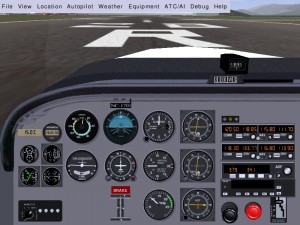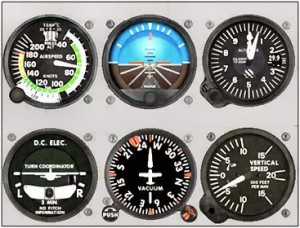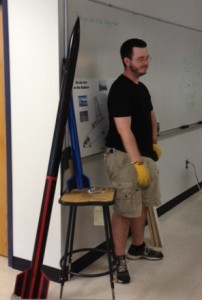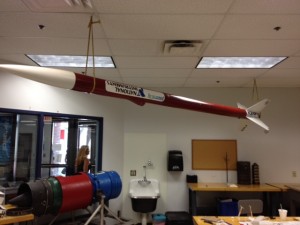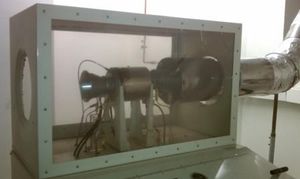Tuesday at U Design
Another great day at U Design.
In the morning, students started by working on their Cadet Balsa planes. They needed to prepare their wings to and tail pieces to be glued together.
The students have been instructed to limit any time on the computer to 10 minute increments of playing Flight Simulator and that they many only simulate a Cessna 172 flying in the greater Boston area. I also gave the students VFR flight maps to use as a navigation tool. VFR Flight maps can be ordered online from MyPilotStore.com
Back in the lab, I presented a brief lecture on camber, angle of attack, and the factors that affect lift and drag in airfoil design. I used several simulations from the NASA Aerodynamics Index. The particular Java simulation which nicely demonstrates these concepts is the FoilSim III simulator.
In the late morning, the students had a presentation from Tom Little on Smart Lighting Technology at BU: SLURP.
Drew Kelley from the BU Rocket Team gave a great presentation on some of the group’s work. They are currently building a rocket over twice as big as the one shown in this picture.
Inspired by Drew’s talk, after lunch, the students who have finished building the Cadet Airplanes began building Estes rockets. Later in the week, some students will take on the challenge of building their own rocket from scratch, which includes building and cutting your own launch tube and fins for the rockets. I am hoping that we will launch the Estes rockets Thursday or Friday morning.
We finished the day with a demonstration of the Jet Engine in the basement of Mechanical Engineering by David Campbell.
A couple of other websites that I wanted to point out include
Air Traffic Control, which you can listen to at http://www.liveatc.net/
We also discussed what happens when things go wrong on an airplane. You can read reports from the NTSB here.
